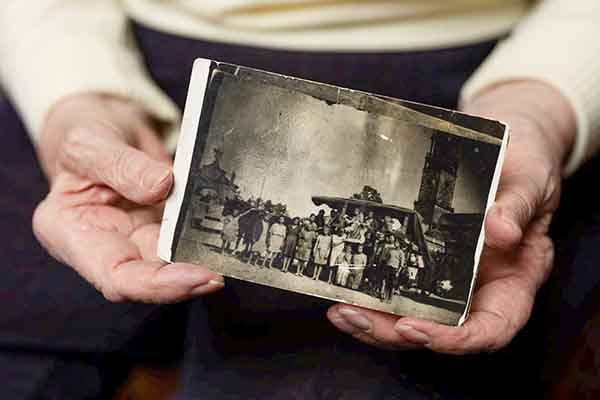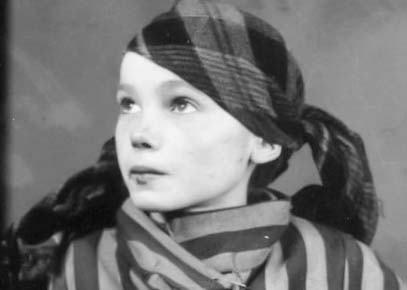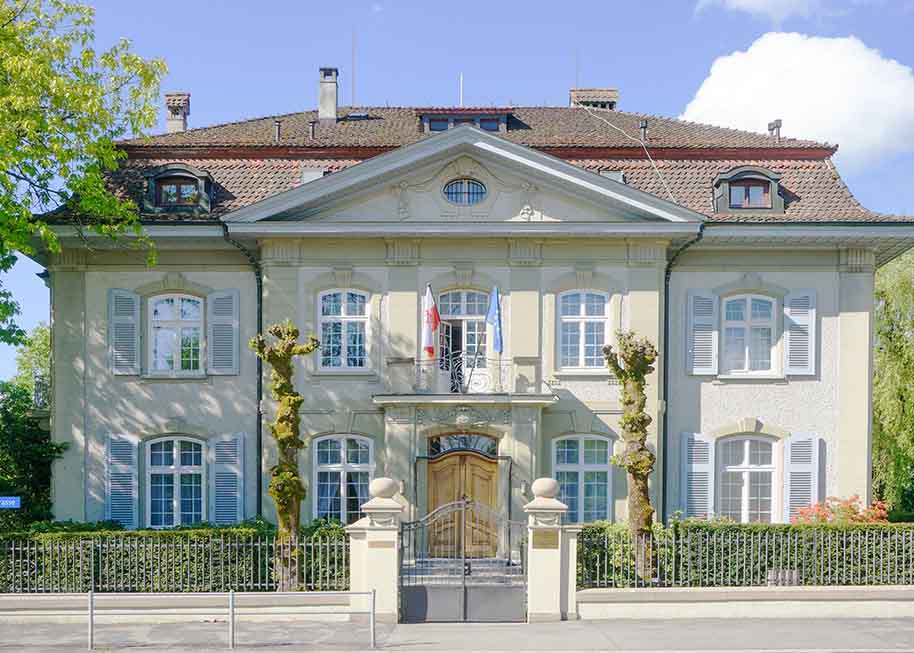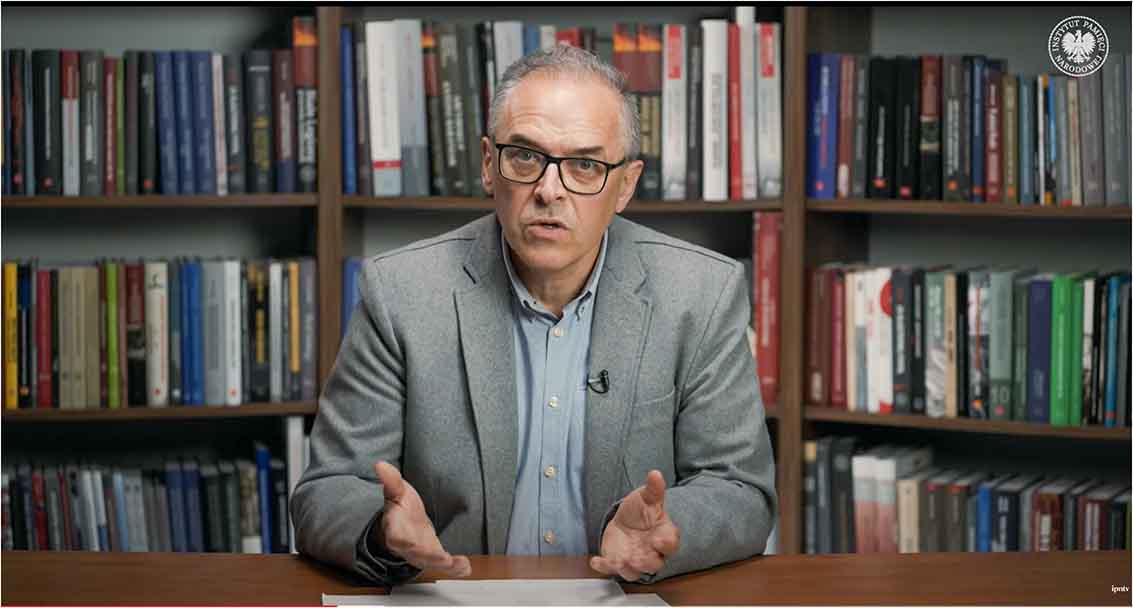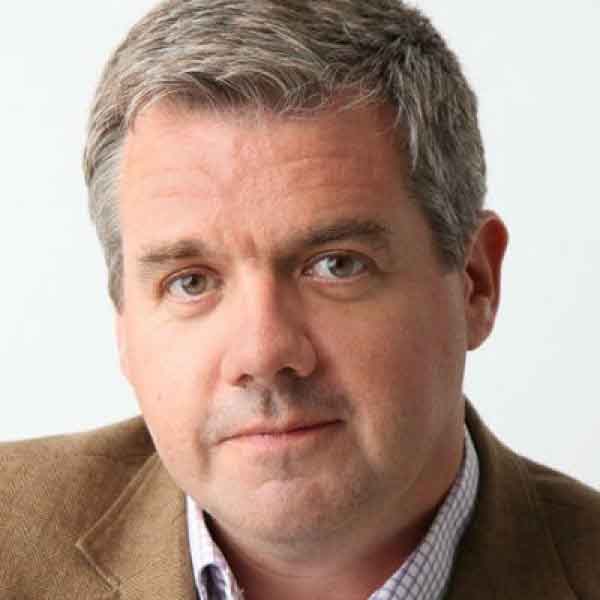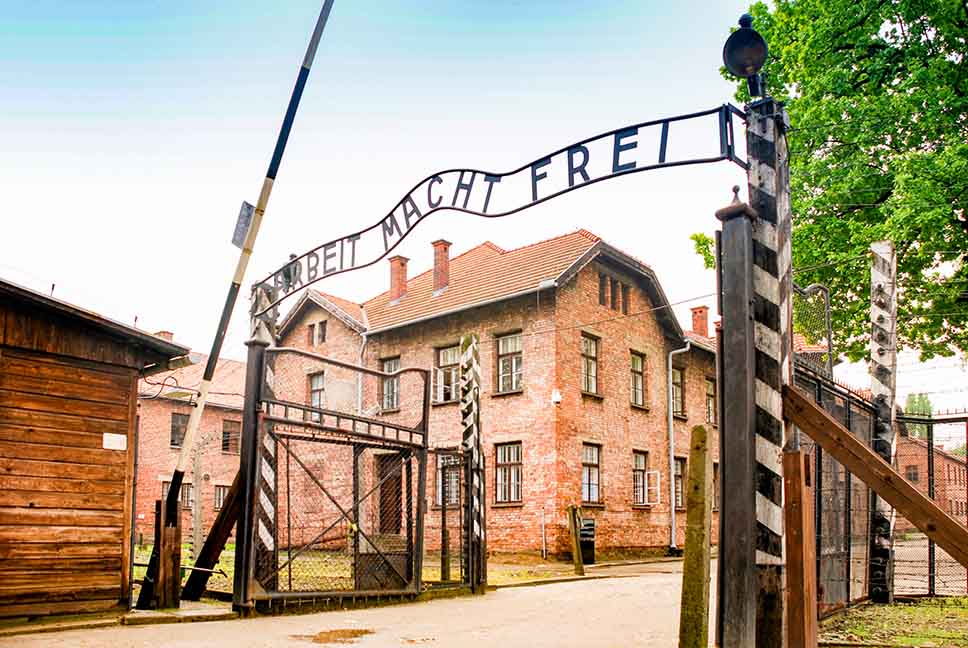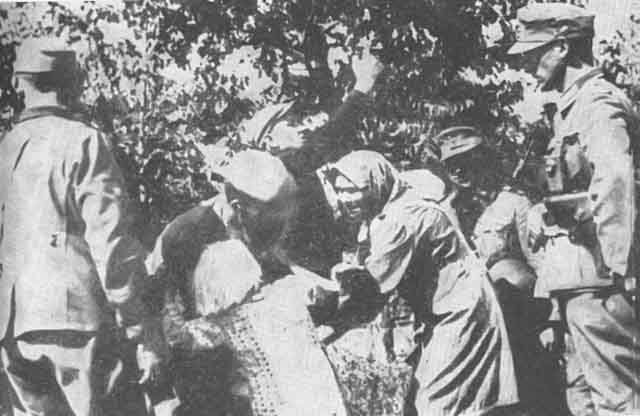In September 1939, the German Reich and Soviet Union invaded Poland, launching WW2. The invasion led to staggering loss of life: throughout the war, nearly 6 million Polish citizens, 3 million of them Jews, perished. In occupied Poland, the Germans introduced capital punishment for every form of assistance to the Jewish population.
The married couple Katarzyna and Mateusz Filipek lived in free Poland with their children. At the beginning of 1939, they were expecting their seventh child. Unfortunately, in January 1939, Mateusz passed away. Katarzyna became a widow with six children and another on the way, bearing the responsibility of maintaining the household and raising the entire family.
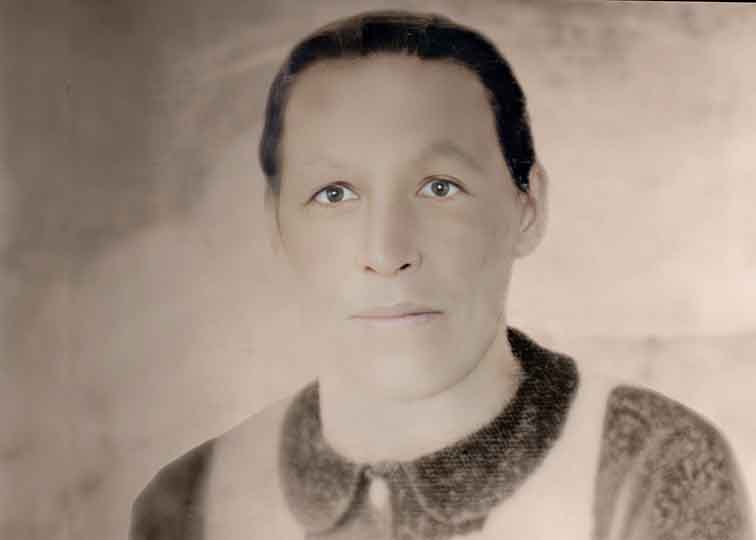
Katarzyna Filipek (Source: IPN/INR)
In September 1939, World War II broke out and everything changed. Free Poland was replaced by German occupation. There was terror, widespread fear, German prohibitions, and German policies, including Aktion Reinhardt of 1942, when the Germans decided to commit a mass crime against the Jewish nation, liquidating all Jews.
Katarzyna Filipek lived in Tokarnia, where the village head was Stefan Barglik. He agreed to take in a family of Jewish fugitives, the Sterlings or Steinbergs; their exact surname is unknown. Stefan Barglik sheltered them for several months in 1943, providing them with food, help, and protection. Unfortunately, rumours began to spread around the village that Jews were being hidden somewhere. Concerned for his life and their safety, Barglik went to Katarzyna Filipek and asked her to take in the entire Jewish family under her roof, taking advantage of the fact that the house is on the outskirts of the village. That’s why it would be easier for her.
Barglik undertook to provide food and help support the Jewish family because Katarzyna Filipek was poor and afraid to take all responsibility for herself and her children. She understood perfectly well that the Germans had announced the death penalty for any form of help offered to Jews; death for the Jews themselves as well as for those who were hiding them.
She was afraid for herself and her children. But she accepted responsibility and agreed to Barglik’s proposal. First, she prepared a hiding place for the Jewish family in the barn, and then moved them to the attic of her house. There, for several months, she managed to help them and save them from death. However, in January 1944, the Germans learned that Jews were being hidden in Tokarnia.

Maria Barglik, nee Cudak, and Stefan Barglik, Tokarnia village head (Źródło: IPN)
Stefan Barglik, trying to protect those providing shelter to Jews and perhaps the Jews themselves, decided to create a sort of theatre. He knew there were informers in the village and that the Germans had various ways of finding out who was conducting illegal activities. Therefore, during mass in the church, he announced that there would be a search for Jews in the village because the Germans knew they were hidden in Tokarnia. He probably wanted to do as he told Katarzyna Filipek – that he would try to search another part of the village. However, something must have happened – though we do not know what, as there are no documents, and the main witnesses, including Barglik, were murdered. Barglik must have been forced to go to where he knew the Jews were hiding. Eventually, the Jews were arrested and murdered by the Germans. The entire Jewish family was killed.
It seemed that the village would not be punished for providing shelter to Jews. Barglik was afraid of the pacification of the entire village, especially his family and the family of Katarzyna Filipek.
For two weeks, it seemed that they would avoid reprisals for helping the Jews. Unfortunately, after two weeks, the Germans appeared in the village again and entered Barglik’s house. Upon learning of this, Katarzyna Filipek, wanting to protect her children from death, went to the Bargliks farm and reported to the Germans, claiming responsibility for helping the Jews.
Consequently, both Maria and Stefan Barglik, as well as Katarzyna Filipek, were arrested.
They all underwent brutal torture, paying a dramatic price for their willingness to help the Jewish family that had been sentenced to death by the German Reich simply for existing.

A plaque at the place where Katarzyna Filipek, Maria Barglik and Helena Migiel were shot, Archive of the Kliszczacki Cultural Center (Source: IPN)
All seven of Katarzyna Filipek’s children had to raise themselves. The older children raised the younger ones.
The bodies of the murdered women were found as late as in the mid-1980s. At the end of the 1980s, Katarzyna Filipek was honoured with the title of the Righteous Among the Nations.
Historians estimate that during WW2 Poles rescued tens of thousands of their fellow citizens of Jewish origin. The German occupiers killed about 1,000 Polish rescuers.







